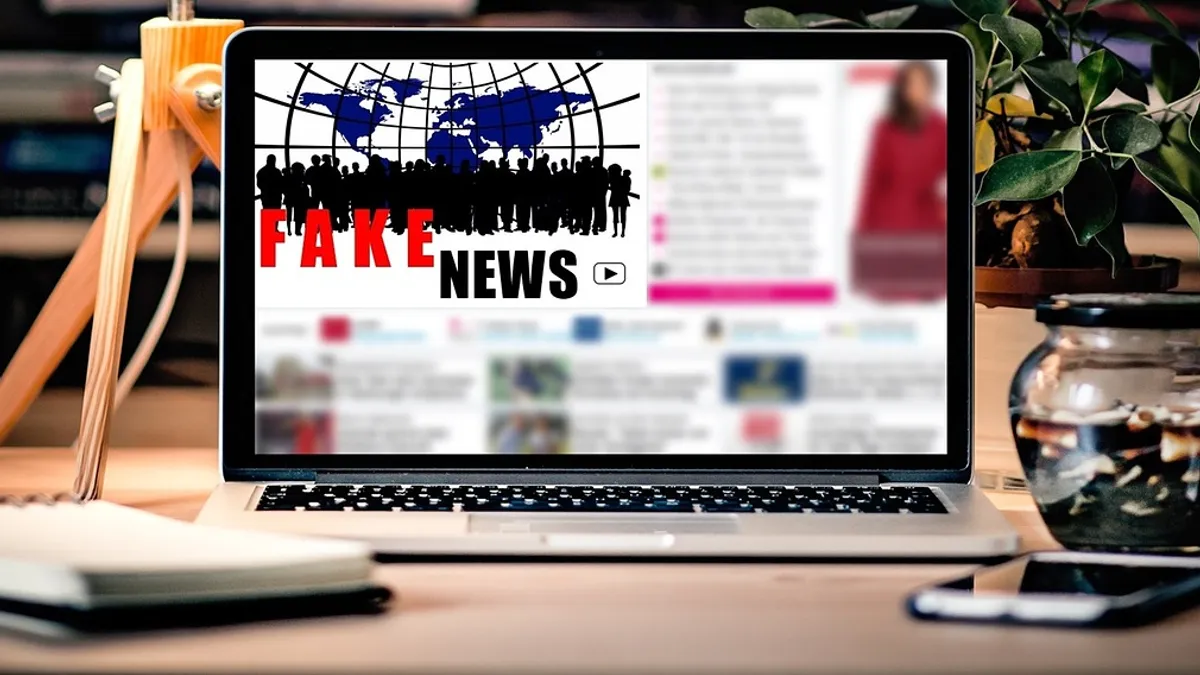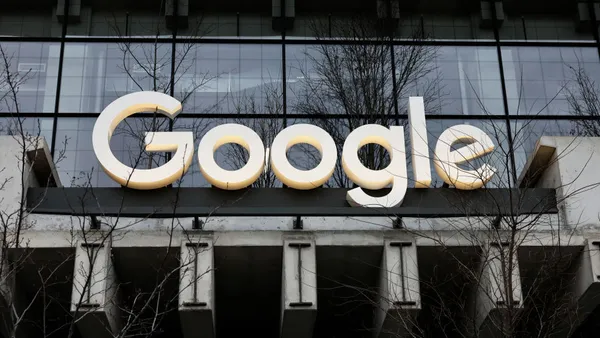Dive Brief:
- Nearly 50% of marketers don't know where their ads are running online due to programmatic strategies, according to a new study by the Society for New Communications Research of the Conference Board (SNCR).
- The study found that a majority of marketers are concerned about brand safety but are reluctant or unsure how to adjust their business practices accordingly. Eighty-seven percent of respondents said it's "moderately likely" to "very likely" that the automated nature of programmatic could place their ads near "fake news," while 88% said that adjacency to sensational headlines and false information could be problematic, as it erodes customer trust in brands.
- A majority of respondents named publishers and social media platforms as the ones responsible for addressing the brand safety problem, though just 46% said they'd consider returning to direct relationships with premium, vetted publishers.
Dive Insight:
Fake news and brand safety are nothing new but were catapulted into the spotlight this year as some of the world's biggest advertisers began to fully grasp just how little control they have over their ads once they're unleashed online. In April, Forrester Research found that marketers in the U.S. spent upwards of $7.4 billion on low-quality ads last year, with more than half going to either fraudulent or unviewable inventory.
The SNCR's study shows how many marketers believe programmatic is the culprit, at least in part. Some cases this year have shown the technology's effectiveness to be questionable, such as when JPMorgan Chase cut back the number of websites serving its ads programmatically from 400,000 to 5,000 with little impact on business performance. Still, marketers' investments don't appear to be slowing: nearly two-thirds of all digital display ads are forecast to be programmatic by 2019, representing up to $84.9 billion, according to Publicis Groupe Zenith.
Brand safety is closely connected to the lack of transparency in digital media, and some view more direct trading marketplaces as a solution to clearing out some of programmatic's murk. While most marketers understand the roots of the problem, they might need to be more agile in establishing direct relationships with publishers and other partners if a significant change is to occur.
A wider adoption of ads.txt might also improve some of the issues, as the tool, rolled out by the IAB Tech Lab in May, aims to boost transparency in the programmatic ecosystem and prevent counterfeit or unauthorized impressions. Despite the positives that ads.txt could bring, adoption has been relatively sluggish among publishers.














